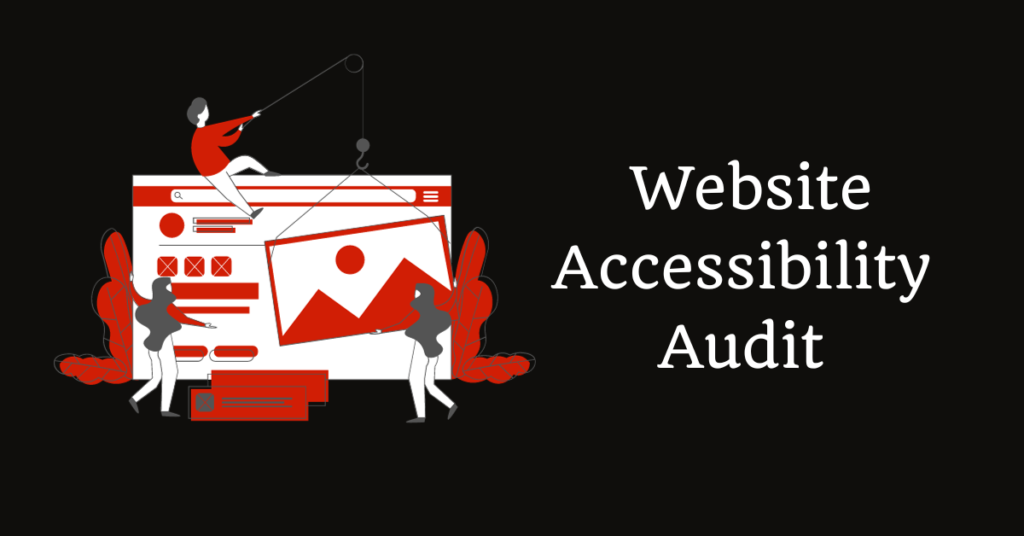
Unlocking the Strategic Imperative of a Website Accessibility Audit
In today’s digital landscape, inclusivity is not merely a buzzword; it’s a strategic imperative. Websites, the cornerstones of online presence, must cater to diverse audiences, including those with disabilities. A comprehensive website accessibility audit is crucial for ensuring inclusivity and equal opportunity within the higher education system. engaged and productive, contributing to higher retention. Education app ideas could focus on developing tools to conduct accessible website audits and provide actionable insights for improving digital inclusivity. This necessitates a proactive approach towards ensuring website accessibility, and the key to unlocking this objective lies in the meticulous analysis offered by a dedicated website accessibility audit.
Think of an audit not as a technical checkbox exercise, but as a comprehensive risk assessment and opportunity catalyst. It systematically evaluates your website’s adherence to established accessibility standards like WCAG 2.1, meticulously uncovering both technical roadblocks and design choices that may inadvertently exclude users with visual impairments, hearing loss, cognitive disabilities, and more.
Benefits of Accessibility Audits
The benefits of embracing accessibility extend far beyond mere compliance. Here’s how a robust audit can empower your organization:
1. Ethical Leadership
Demonstrating a commitment to website accessibility aligns your brand with the core values of inclusivity and social responsibility. This fosters a positive brand image, resonates with audiences who value ethical conduct, and attracts diverse talent who seek workplaces that champion equal opportunity. Employees who feel valued and supported in an inclusive environment tend to be more engaged and productive, contributing to higher retention rates and a stronger internal culture. Additionally, showcasing your dedication to accessibility through readily accessible websites earns recognition and loyalty from consumers who are increasingly mindful of a brand’s social responsibility.
Read: Top Advantages of Laravel Frameworks In Detail
2. Untapped Market Potential
An accessible website opens doors to a vast and often overlooked market segment: individuals with disabilities. Removing digital barriers allows you to tap into this pool of potential customers, clients, and partners, unlocking substantial growth opportunities. Studies show that accessible websites lead to improved customer satisfaction and loyalty, as everyone enjoys a seamless and positive user experience. Furthermore, accessibility compliance improves your website’s search engine visibility, attracting new customers from diverse backgrounds who rely on reliable search results. By quantifying the demographic of individuals with disabilities within your target audience and the potential revenue growth achievable through an accessible website, you can build a compelling business case for investing in accessibility audits. A website accessibility audit should evaluate if thin content, lacking sufficient information or context, hinders users with cognitive disabilities from understanding the page’s purpose.
3. Enhanced Search Engine Visibility
A well-conducted website accessibility audit identifies and addresses issues that impact your website’s Google Lighthouse and other accessibility scoring metrics, directly influencing search engine ranking. Improved accessibility scores signal search engines that your website provides a positive user experience for everyone, leading to higher visibility in search results. Additionally, accessible websites tend to have lower bounce rates and longer dwell times, as users find it easier to navigate and engage with your content. All these positive user engagement signals further boost your SEO performance and climb the ranking ladder organically. Remember, adhering to Web Content Accessibility Guidelines (WCAG) is no longer just a moral imperative; it’s also a strategic move toward achieving top search engine positions.
4. Mitigating Legal Risks
Proactive and regular accessibility audits demonstrate your commitment to complying with legal requirements outlined in the DDA, minimizing the risk of complaints and potential legal action. By staying ahead of the curve and adapting your website to evolving accessibility standards, you future-proof your legal standing and avoid costly lawsuits or fines. Accessibility issues can also trigger negative publicity and damage your brand image. Taking proactive measures to ensure accessibility showcases your responsibility and mitigates reputational risks, protecting your brand’s value and fostering trust with customers.
5. Future-proofing Your Digital Presence
Accessibility is not a one-time fix; it’s an ongoing journey of continuous improvement. Regular audits equip you with valuable insights and a roadmap for adapting your website to evolving technologies, user needs, and accessibility standards. Building accessibility into your development process and regularly monitoring it fosters a culture of inclusivity within your organization, ensuring your digital presence remains sustainable and future-proof. By embracing an ongoing commitment to accessibility, you ensure your website stays relevant and accessible for everyone, regardless of future changes in technology or user preferences.
6. Empowering User Experience
Beyond the ethical, legal, and strategic benefits, website accessibility ultimately boils down to one crucial factor: user experience. An accessible website welcomes everyone, regardless of ability, and fosters engaging interactions that benefit both users and your organization.
Accessibility Testing using tools like Accessibility Analyzer removes digital roadblocks, ensuring everyone can find the information and services they need. This fosters inclusivity and empowers users with disabilities to fully participate in the online world.
The Final Word
Investing in a website accessibility audit is not just about ticking boxes; it’s about making a strategic investment in your organization’s future. It fosters inclusivity, expands your market reach, optimizes search engine performance, mitigates legal risks, and ensures long-term digital success.
Remember, in the digital age, accessibility is not a luxury; it’s a strategic imperative. Embark on the journey of digital inclusivity today, unlock the full potential of your website, and watch your brand flourish in a diverse and thriving online landscape.
Author’s Bio:
Peter Will works as a Content Strategist at Accessibility Analyzer and holds more than 5 years of experience in the same. He is deeply interested in exploring web development technologies, languages, and frameworks. When not working you can find him looking for trends and recent developments in the same field.